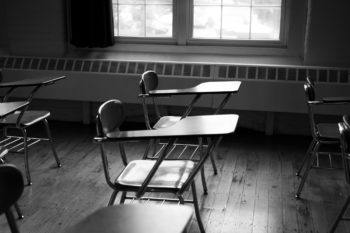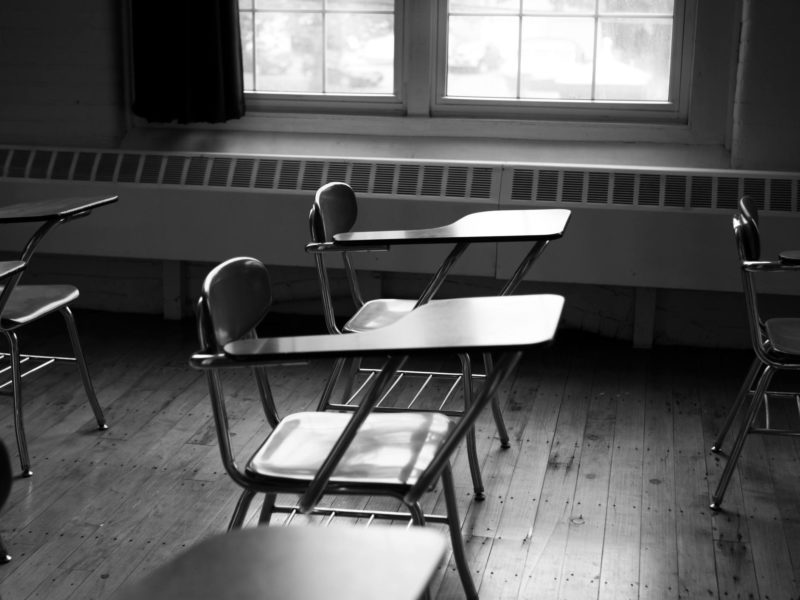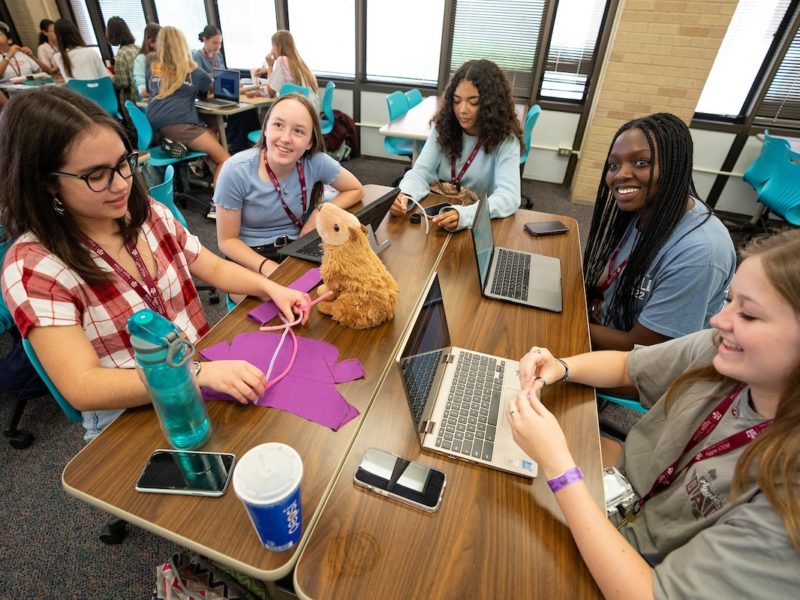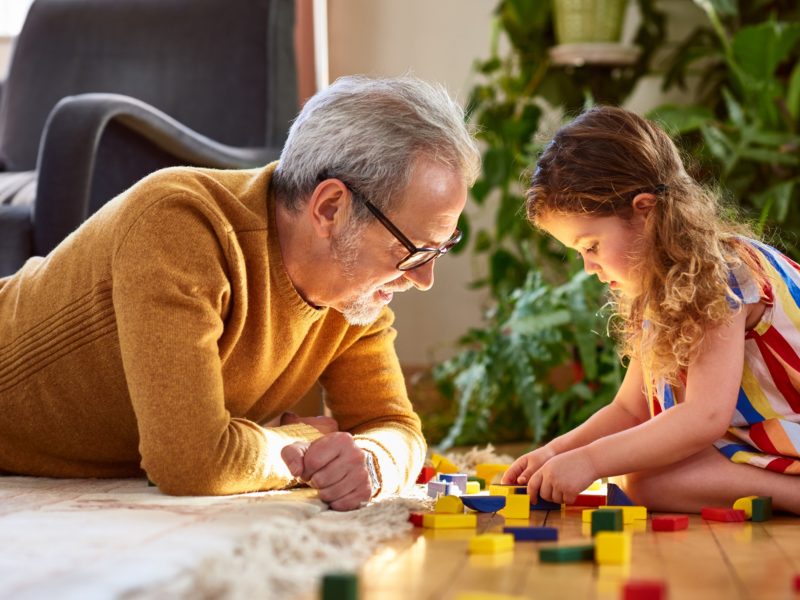Back To School Amid A Pandemic

Students and their parents across the country are preparing for the return of in-person school. To prepare for a return to traditional educational settings amid the COVID-19 pandemic, Idia Thurston, an associate professor jointly appointed in the Texas a&M University Department of Psychological and Brain Sciences and the School of Public Health, encourages families to work together to create routines and have open conversations.
“One of the most important factors for resilience and coping with adversity is social support,” Thurston said. “It is critical that parents actually listen to their young people instead of projecting their own fears onto them.”
Many adults and caregivers are returning to their workplaces in-person as well. Though returning to work while the pandemic is still ongoing may create anxiety for some adults, this can be used as a way to empathize with students. As far as dealing with fears and worries, Thurston recommends that caregivers stay positive but realistic, allow young people to communicate, and mirror the behavior they want to see.
“Listen to them and validate the fears that they have,” Thurston said. “Understand that adolescents, even if they don’t show that vulnerability or fear, are experiencing those feelings as well.”
In some cases, students have missed out on experiences that are critical to the development of young people. Graduations and proms were canceled, and friends and teachers weren’t seen in person for a long period of time. Thurston said that this is where teachers become even more vital.
“Teachers have a major role in young people’s lives,” she said. “They have control over the type of classroom setting that they create and the classroom atmosphere. Teachers need to create a space that allows for adjustment and mourning of what has been lost.”
Young people have experienced different types of losses and experiences during the pandemic, meaning there is no one-size-fits-all solution for a successful return to in-person educational settings.
“The biggest mistake we could make is thinking that everyone’s experience was the same and not take time to understand how the pandemic has impacted people differently,” Thurston said. “We need to customize our strategies based on the experiences they are having rather than assuming everyone has been impacted by the pandemic in the same way.”
In the coming months, young people, caregivers and teachers need to work together to find an educational setting that accommodates everyone.
“We need a lot of patience and a lot of remembering that we are all struggling through this together,” Thurston said. “At the end of the day, we’re all going through this human experience together. If we can center our humanity in this and understand it’s challenging for the adolescents, parents, teachers,and administrators, we can navigate this environment as one community.”
This article by Tiarra Drisker originally appeared on the College of Liberal Arts website.





